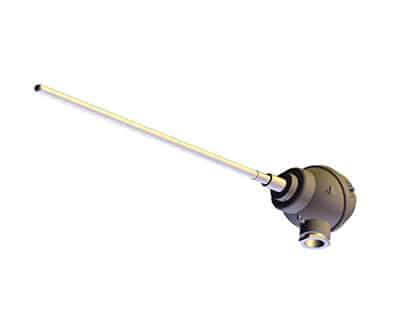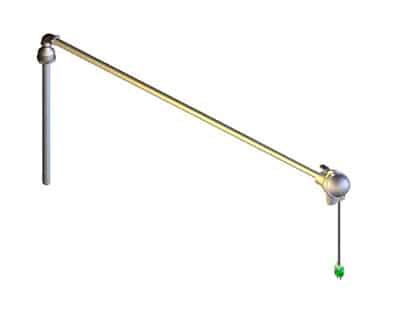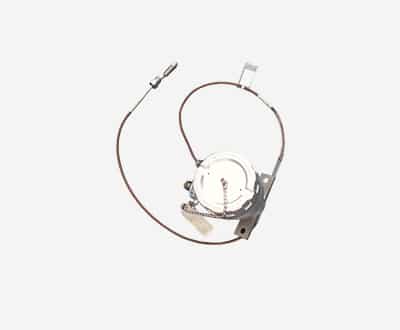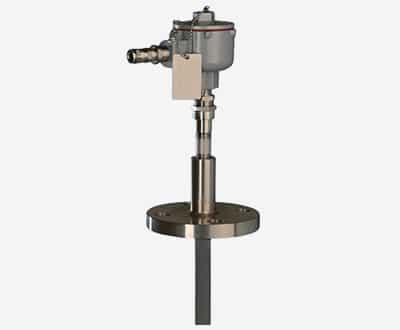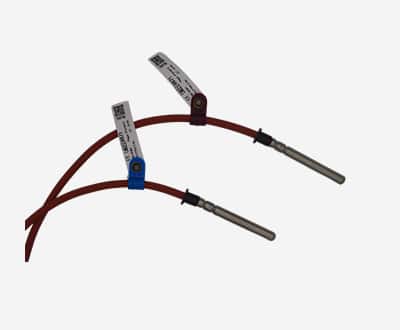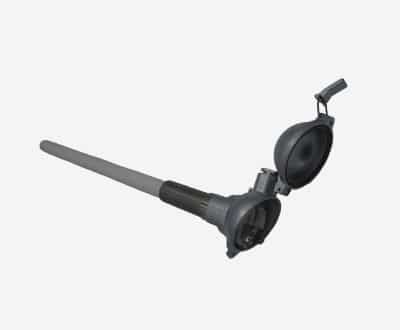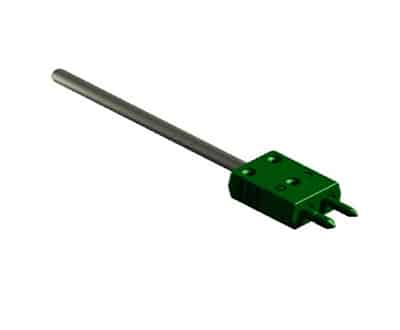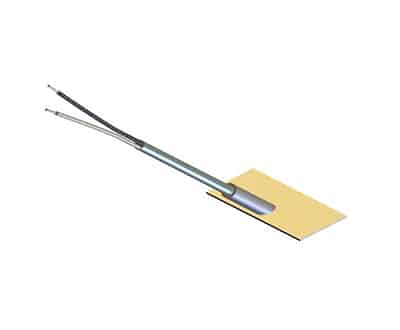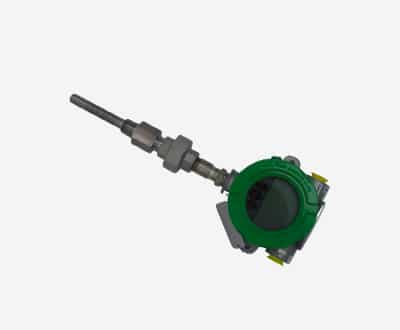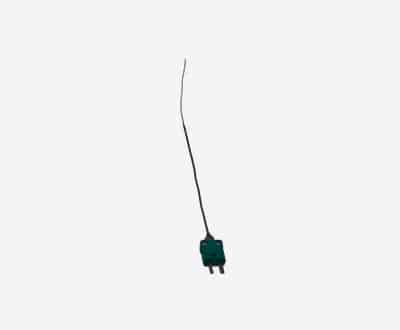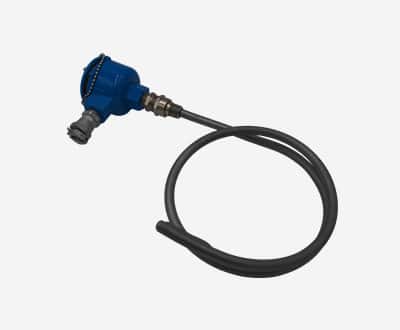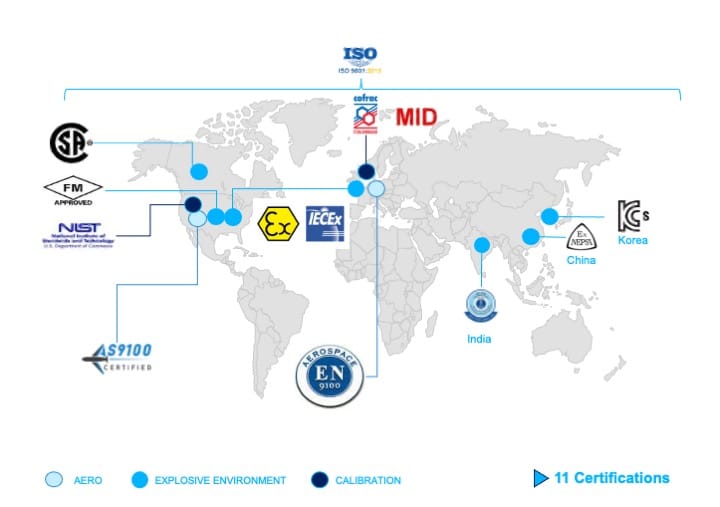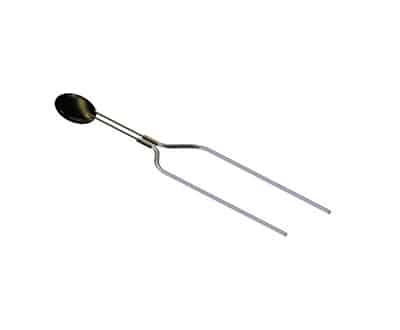
Our temperature sensors
by properties / applications
Our expertise and experience allow us to recommend the most appropriate sensors based on your specific requirements. The sensor design will depend on several parameters such as:
Medium
The aggressiveness of the environment in which the temperature is taken is an essential element to design the sensor. It mainly results in a risk of corrosion. The protectors which protect the sensitive element (Thermocouple or RTD) are most often based on stainless steel (304 or 316), or even based on Inconel for temperatures > 600°C or ceramic (> 1100°C). The chemical nature of the environment and its temperature will define the sensor material to be used
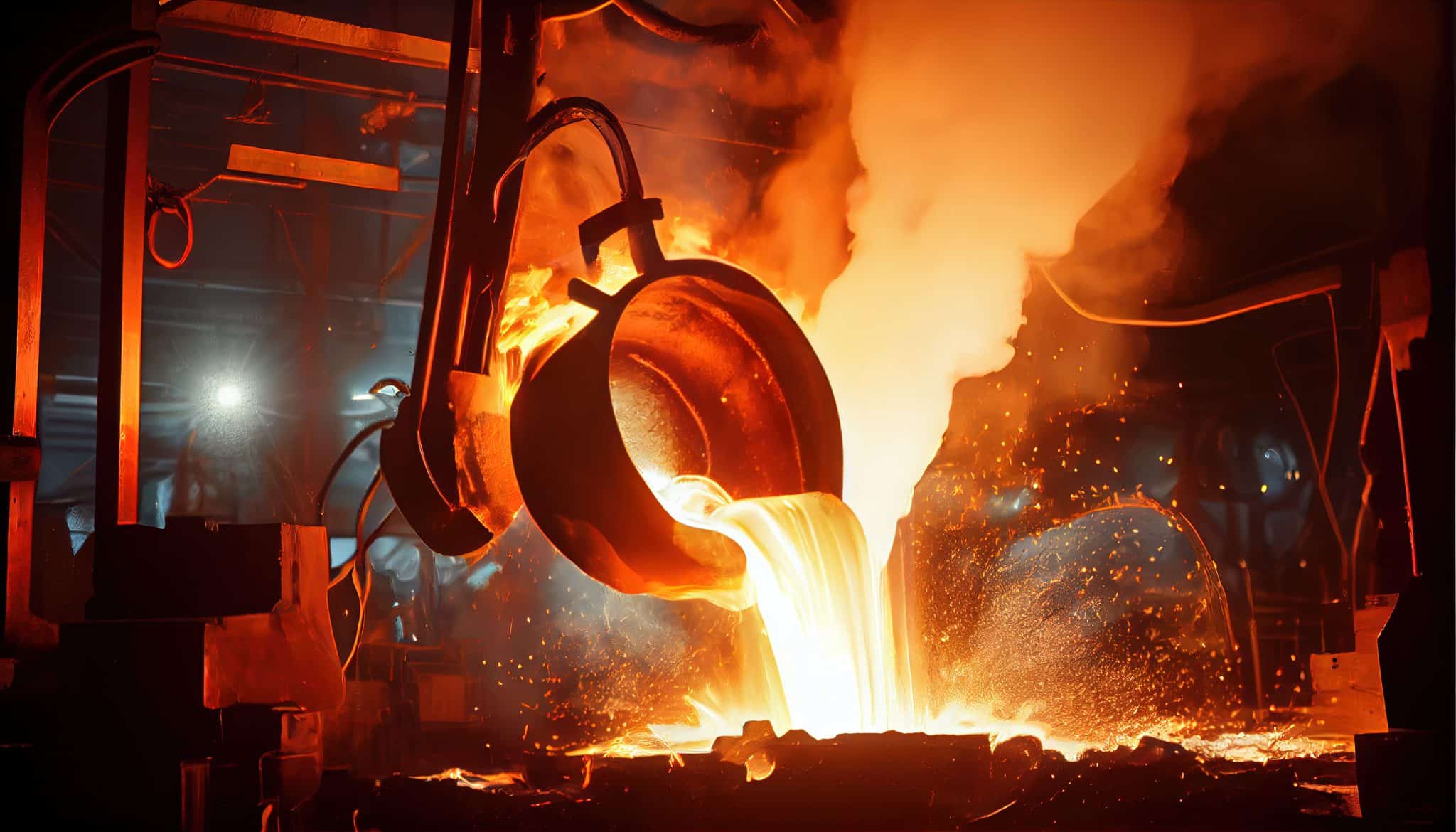
Tightness
It is essential to ensure the tightness of the junctions of the various elements of the sensor to avoid deterioration of the sensor and maintain its electrical insulation for reasons of safety and preservation of the customer equipment.
For this, perfect mastery of welding and soldering processes is necessary as well as a judicious choice of glues and resins in the sensor.
Manufacturing conditions influence the presence of humidity in the sensor and must be taken into account to reach a high tightness level.
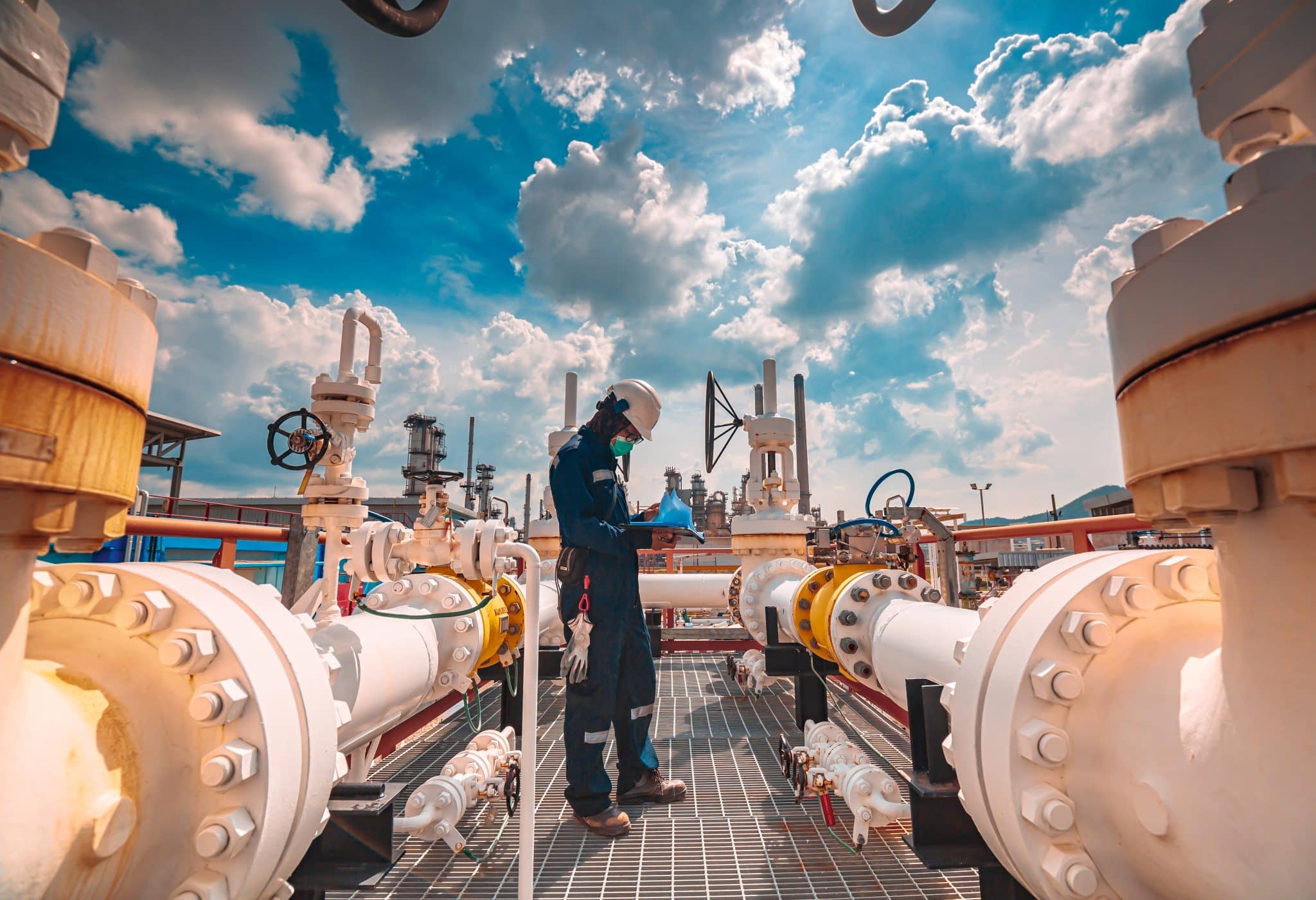
Accuracy
A sensor using RTD technology will be generally more precise than thermocouple technology but will cover a smaller temperature range (rarely used for temperatures higher than>500°C). The accuracy level of RTDs is standardized according to IEC751.
Depending on the tolerance classes of sensitive elements, the standard precision of an RTD is + 0.05 °C to + 0.30 °C, at 0°C. The precision also depends on the type of assembly – in 2, 3 or 4 wires (allowing the additional resistances created by the cores of the conductors to be corrected).
For thermocouples, the accuracy is compliant with the tolerance classes of the standard: EN 60584-2 – 07/1993
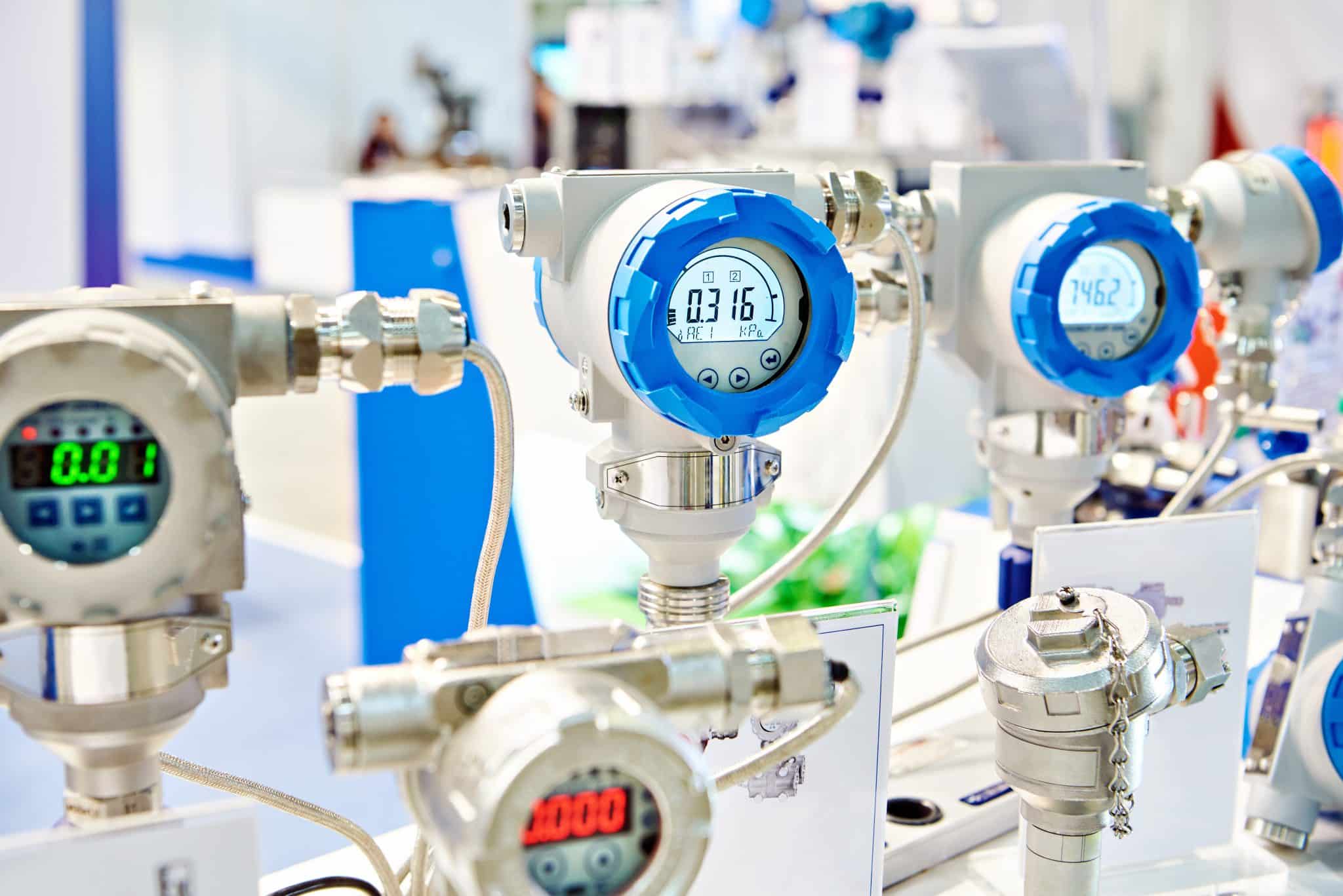
Response time
The sensor design will have a significant impact on response time. Overall, thermocouples offer a shorter response time than RTDs and the type of hot welds will also need to be taken into account:
Grounded hot welding:
Offers short response time with good protection
SCM (grounded)
Insulated welding:
protects the signal from sheath interferences.
Slightly longer response time
SCM (grounded)
Visible welding:
very short response time. Not always applicable due to the risk of corrosion…
SCA (apparent)

Pressure
Frequently sensors will be used in a pressurized environment. Beyond sealing, it will be important to size the sensor so that it withstands mechanical constraints. For this, stress calculations are proposed by CORREGE in order to define the dimensions of the protective elements (tubes or thermowells).
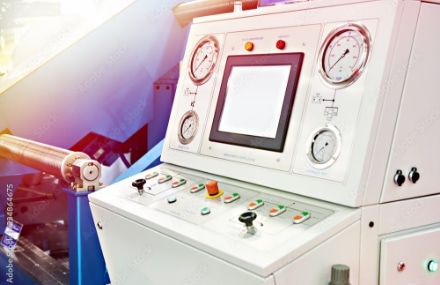
Geometric requirement
Sensors are often intrusive elements that must go as close as possible to the hot source. In order not to disturb the environment, these sensors will be miniaturized as much as possible to diameters of 0.50mm for MI cable thermocouples.
MI cables are bendable and keep the shapes given to them. They therefore adapt perfectly to complex geometries.
CORREGE also offers non-intrusive solutions taking temperatures on the skin of customer interfaces.
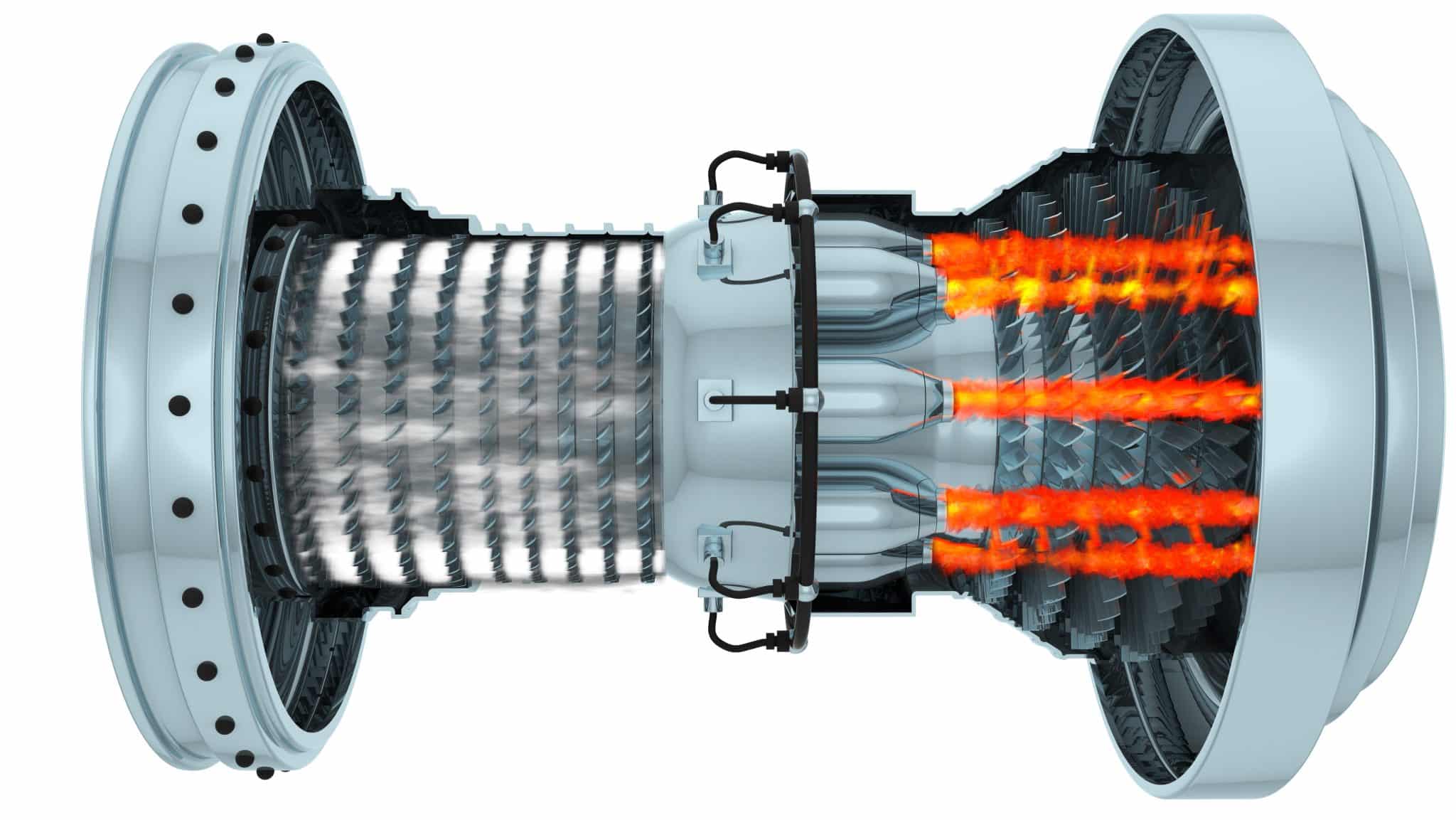
Certificates
Several standards will influence the design of the sensors. CORREGE is certified and accredited according to several international standards (see certificates page) and has developed particular experience for sensors used in explosive atmospheres (ATEC, Ex, IECEx type, etc.). These sensors must meet very specific requirements in terms of design and manufacturing.
